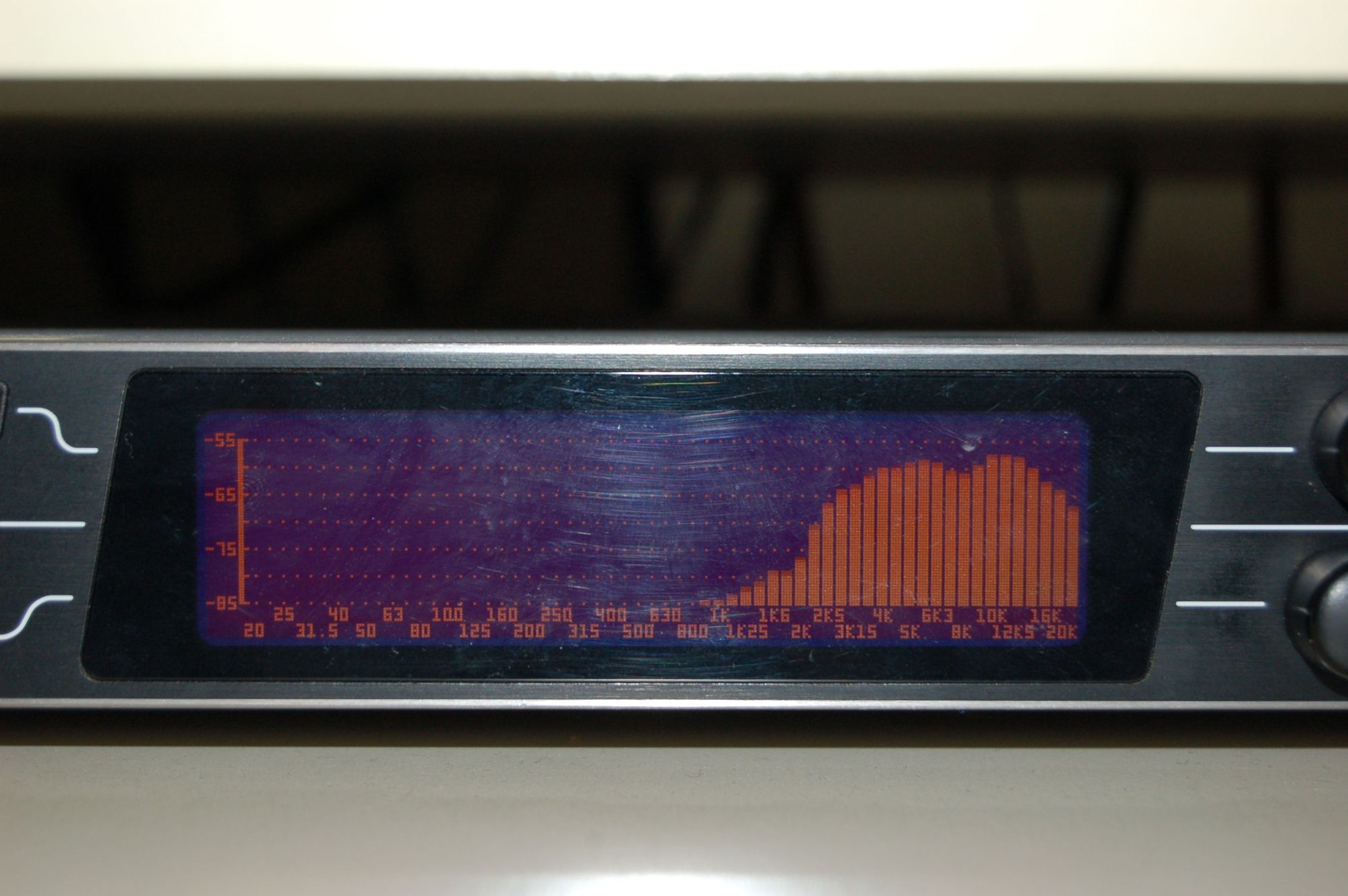Beautiful work! Congratulations!
Building even a simple speaker involves a slew of challenges that need to be solved. These days it can be relatively straightforward with plenty of online help and solutions to known challenges and variables. There's a known path to get started for the first few miles of this speaker building journey, but it gets increasingly more difficult as the expectations of performance increase, and as we step farther away from that known path. Making a really good speaker is increasingly more difficult than just making one that's "acceptably good", and making a great speaker is incrementally more difficult again because there's no longer a known path. You're on your to own to test your problem solving skills, and to interpret how each step should be accomplished. The final step of making a great speaker that's profitable becomes uncharted territory and gets exponentially even more difficult, so kudos to those who successfully navigate that terrain!
The upside is that if you see the speaker development through (aka don't give up) and develop an aptitude for speaker building, whether profitable or not, a tremendous reward awaits those with a passion for this stuff. You can voice the speakers to your room and equipment, and to your liking, and you can do it without spending as much as buying someone else's design at retail prices. There's also a sense of pride that little else in this audio journey can offer.
My view is that speaker building a great way to gain some insights that nothing else can offer, and I'd encourage anyone with the desire to at least pursue it at some level.
@erik_squires - Well done Mr. Squires!
What building my own speakers has taught me...
Hi Everyone,
After 8 years or so I have finally finished my "reference" speaker system. I say eight years because what started as a small, high end 2-way has morphed into a 3-way active system. Really happy with the results for myself... but I wanted to step back a little and reflect on the audio industry right now.
First, I’m not here to convince you to DIY your next pair unless you NEED to build something. And I’m not here to rail against the high price of gear, which does have some merit. Mostly what I think about is how difficult it really is to make a business selling audio gear, and that I’m actually SHOCKED at how many companies attempt to do so, and even more when they thrive.
Pricing out all the components in my speakers I come to a total parts cost. Lets say it’s $1,000. It could be $10, the actual amount doesn’t matter, but pretend it’s $1k. If I try to imagine "How would I take this product to market?" I simply can’t get to a selling price under 15 to 20 times manufacturing cost.
At the same time, the cost of the average "reference" speaker over the last 20 years has really skyrocketed, while the audio enthusiast market has dwindled. Then along came HDMI whose ridiculous licensing and technical requirements seems to at least have been partially responsible for Meridian and Theta Digital dwindling from the market.
I can’t imagine how hard it is for anyone besides say Sony or Harman or Samsung to be in the market for audio gear. Increased costs, high competition, dwindling consumers..... are we in a bubble or does every generation think "this is it, this is the end of high end audio?"
- ...
- 67 posts total
- 67 posts total





